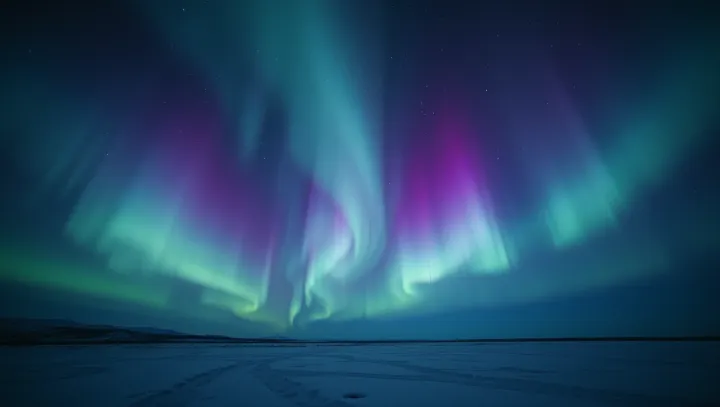A Deeper Dive into the Northern Lights

In the chilly realms of Alaska, an incredible display unfurls as the northern lights illuminate the skies with vibrant hues. This ethereal phenomenon, known to scientists as 'auroras,' captures the imagination of many, sparking both curiosity and wonder. The dazzling auroras are a result of solar winds—the streams of charged particles released by the sun—colliding with Earth's magnetosphere.
This interaction produces the brilliant display of colors, ranging from green and pink to red and violet, that ripple across the skies. Experts in the field, like Dr. Lisa Morse from the University of Fairbanks, Alaska, assert that these lights are not only a visual spectacle but also a testament to the intricate relationship between solar activity and our planet's environment.
'The variability in solar output can lead to significant changes in the auroral intensity,' Dr. Morse explains. Current research continues to delve into the nuances of this interaction, aiming to predict when these celestial displays will occur, thus offering a deeper understanding of our solar system's dynamics.
As interest in space phenomena grows, the northern lights remain a vivid symbol of the universe's mysteries.
